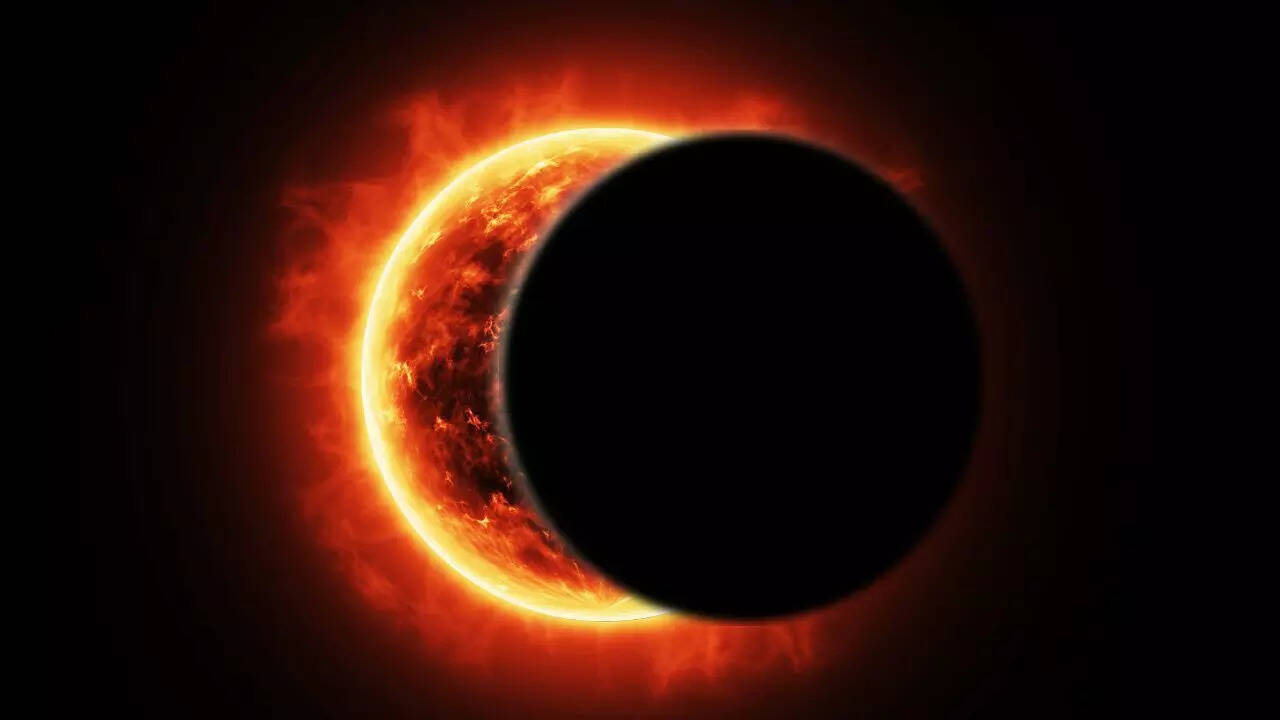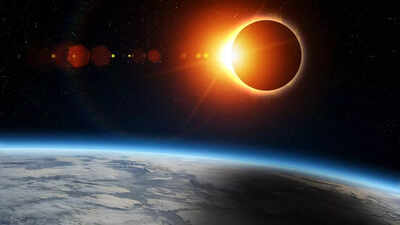As the year moves forward, curiosity is building around the last solar eclipse of 2025. Like always, these celestial events attract attention from both scientists and skywatchers– and this one’s no exception. From researchers to those who follow age-old beliefs, many are eager to know what to expect from the second and final solar eclipse of the year.Here’s everything we know about it so far.Date and timing of the final solar eclipseThe final solar eclipse of 2025 is set to take place on September 21. It will start late at night around 11:00 PM (IST) and continue into the early hours of September 22, ending at 3:24 AM (IST). This will be a partial solar eclipse, which means the Moon will cover only a part of the Sun– so the eclipse won’t be total, but still a noteworthy event for skywatchers.

Visibility of the eclipseSince this eclipse will occur during nighttime in some regions, it won’t be visible everywhere– only areas experiencing daylight at that time will be able to see it.Because of this, the Sutak period won’t be observed in places where the eclipse isn’t visible. According to traditional beliefs, Sutak– a time when people avoid certain religious and household activities– is only followed if the eclipse can actually be seen from that location.Where will the eclipse be seen?

According to NASA, the partial solar eclipse on September 21, 2025, will be visible from parts of eastern Australia, New Zealand, Antarctica, and regions over the South Pacific Ocean. There may also be limited visibility along the edge of the South Atlantic Ocean. The eclipse will not be visible from India, Europe, Africa, or the Americas.This visibility pattern has also been confirmed by platforms like TimeandDate and EarthSky, which report similar regions based on global eclipse tracking data. In areas where the eclipse is visible, the extent to which the Moon covers the Sun will vary depending on local timing and weather conditions.Second lunar eclipse also in SeptemberIn addition to the solar eclipse, another major astronomical event is expected earlier in the same month. The second lunar eclipse of 2025 is set to occur on 7 September.What is a solar eclipse?

A solar eclipse occurs when the Moon moves between the Earth and the Sun, casting a shadow that blocks the Sun’s light– either fully or partially. In the case of a partial solar eclipse, only a portion of the Sun is obscured by the Moon. This type of eclipse is visible only from certain parts of the world, depending on the viewer’s location and the timing of the event. While the final solar eclipse of 2025 won’t be visible from India, it still marks an important celestial moment for many across the globe. As always, it’s a reminder of how small we are in the vastness of space—and how the universe continues to move in patterns we’re still learning to understand. Whether viewed through a scientific lens or cultural belief, eclipses continue to captivate our curiosity and remind us of the universe’s timeless rhythm.Disclaimer: The date, timing, and visibility of the eclipse are based on currently available online astronomical data. The Times of India does not make any independent claims regarding this information.



